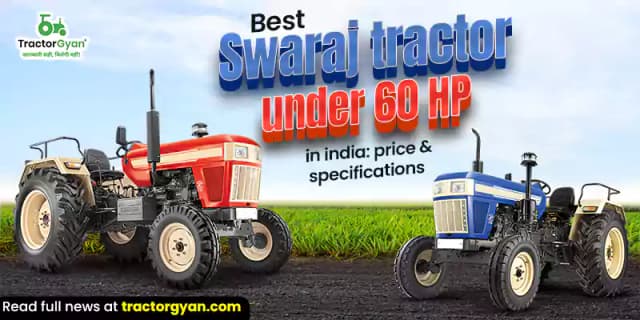Dryland Farming: Importance, Characteristics & Techniques | Tractorgyan
टेबल ऑफ कंटेंट
The world sure moves faster than we think, but not every advancement is a boon, especially when it comes to farming. Growing crops does not require chemicals or other artificial amenities in some areas of the farming industry. Rather than using chemicals unnecessarily, why not practise Dryland farming?
What is Dryland Farming?
Dryland farming refers to growing crops without the use of artificial means. These crops solely rely on rainfall and soil moisture retention for growth. Dry farming in India method is popularly practised in areas where the annual rainfall level lies below 750mm.
Dryland farming in India is a more sustainable and cost-effective method of farming, as it does not require the use of expensive chemicals and other amenities. It also helps to conserve water, as the crops are watered solely by rainfall. Moreover, Dryland farming helps to improve soil health as it does not involve the use of synthetic fertilisers, which can be harmful to the soil in the long run.
The Internet, being as confusing as it can be, is not the final destination for information about Dryland farming because it is filled with sites claiming to provide authentic and the latest information about Dry farming in India, but not in reality. Not to mention that the time it takes to gather all the information from different sites can be tiresome. This is why you need Tractor Gyan, because only at Tractor Gyan will you get A-Z information about Dryland farming. Our sources are reliable, and our information is authentic.
Importance of Dryland Farming
Dryland farming is important because it is a sustainable and cost-effective way of producing food. It can also be used to create employment opportunities in rural areas, and it can help protect the environment by reducing soil erosion and conserving water .
importance of dry farming in indian agriculture some other reasons why Dry farming is important are listed below:
-
Conserve Water Resources: Dryland farming conserves water resources as it helps to capture the scarce rainwater and make use of it most efficiently.
-
Prevents Soil Erosion: Dryland farming helps to prevent soil erosion by preventing the loss of topsoil due to heavy rainfall and wind erosion. Dry agriculture also helps to reduce the amount of fertiliser and pesticides used, which can further protect the environment. Additionally, it helps to increase the fertility of the soil by increasing the organic matter content in the soil.
-
Mitigate Climate change effects: Dryland farming regulates climate change’s effects by regulating greenhouse gas emissions and promoting soil carbon sequestration. Dryland farming results in less water usage and helps reduce the need for fertiliser and pesticide use, which can help reduce greenhouse gas emissions. Additionally, the organic matter content in the soil helps to capture carbon from the atmosphere, thus helping to mitigate the effects of climate change.
-
Cost-effective: By using dryland farming techniques, farmers can reduce their dependence on water for irrigation, which often comes from reservoirs or other depleting sources. Additionally, reducing the need for fertilisers and pesticides helps reduce the amount of carbon dioxide released into the atmosphere, which contributes to global warming. The increased organic matter in the soil helps to bind carbon and keep it out of the atmosphere, which can help reduce the effects of climate change.
-
Good for the environment: Dryland farming requires all natural resources and no artificial fertiliser, pesticide, or artificial chemical of any sort that could potentially contaminate the air, water, or soil—something that is invaluable in preserving the planet. Which ultimately makes Dryland farming environmentally friendly.
Characteristics of Dryland Farming
Dryland farming is truly good in all senses, It is good for the environment since there is no need to use chemical fertilizers, it is beneficial for farmers as it requires no extra cost, and ultimately it is good for the consumers who are consuming crops grown using this farming technique as the cultivated crops using Dryland farming are organic and healthier. Dry agriculture is also beneficial for the environment as it neutralises the use of greenhouse gases.
-
Dry farming requires less rainfall and is practised in areas with less than 750 mm of rainfall.
-
Occurrences of heavy drought, floods, and other climatic hazards are present in these areas where Dryland farming is practised.
-
The soil surface in these regions has to be undulating.
-
The farmers in these areas where Dryland farming is practised have extensive land holdings.
-
The crops in these regions have a very low yield.
Dry Farming Techniques
There are four main types of techniques that are famously practised in India:
-
Conservation tillage: In this dry farming technique, the crop residue is left on the field after harvest in order to protect the soil from soil erosion and limit water loss through evaporation. It locks moisture in the soil and improves soil fertility for future crops.
-
Crop rotation: In this dry farming technique, farmers rotate different crops systematically to prevent the depletion of nutrients in the soil. Some crops have deeper root systems so that they can reach groundwater resources to obtain nutrients, while other crops improve soil structure and enhance moisture retention.
-
Mulching: Mulching refers to applying organic or inorganic materials like straw or plastic film on the surface of the soil, which helps in reducing water evaporation, controlling weeds, and regulating soil temperature. This dry farming technique helps retain moisture in the soil for longer periods of time and reduces runoff caused by heavy rainfall.
-
Selecting drought-tolerant crops: Dryland farmers choose crops that can withstand prolonged periods of drought. These crops have adaptive mechanisms to survive with limited water availability. Examples of such crops include millets, sorghum, chickpeas, and certain varieties of wheat and corn.
Crops That Can Be Grown Using Dryland Farming
Crops grown in Dry farming in India include all those crops that require less water and have a deep root system. The choice of crops depends on the level of rainfall and the seasons. Because crop rotation is also practised in Dry agriculture, it becomes natural to understand that there are various kinds of crops that are cultivated in the field. For instance, winter crops like wheat can be grown in areas experiencing heavy winter rainfall, while summer crops like cotton, sunflower, sorghum, etc. are grown in wet summer seasons.
Here is a list of some dryland crops that can be grown using Dryland farming techniques:
-
Millets: Millets are small-seeded grasses commonly grown in dry areas. They are hardy dryland crops and can survive with limited water availability. Pearl millet, finger millet, and foxtail millet are some of the most popular millets grown in Dryland areas.
-
Sorghum: Sorghum are cereal dryland crops that are well-suited to grow in arid and semi-arid areas. It has a deep root system that helps it tap into moisture reserves deep in the soil. Sorghum is used for both food and feed and can be processed into flour, syrup, or livestock feed.
-
Chickpeas: Chickpeas, also known as garbanzo beans, are dryland crops that are drought-tolerant legumes used for food and animal feed. They thrive in hot and dry conditions and are widely grown in Dryland farming systems.
-
Lentils: Lentils are another protein-rich crop that can be grown using Dryland farming techniques. They adapt well to intermittent rainfall and can be grown in rotation with crops like wheat and barley.
-
Barley: Barley is a cereal crop that is grown for food, feed, and malt. It is well-suited to Dryland farming in India and can be grown in rotation with other crops like legumes.
-
Wheat: Wheat is a staple food crop grown in various agricultural systems globally. Certain varieties of wheat, such as durum wheat, grow well in dry areas. Drought-tolerant wheat varieties commonly grown in Dryland systems include spring wheat, winter wheat, and hard red spring wheat.
-
Corn: Corn is widely grown in semi-arid regions with limited rainfall. Certain hybrid varieties of corn are preferred for Dry farming in India due to their better yield and drought tolerance.
-
Cotton: Cotton is a cash crop that grows well in arid and semi-arid climatic conditions. Cotton grown using Dryland farming techniques has a lower moisture content, which helps improve its fibre quality.
-
Sunflowers: Sunflowers are nitrogen-efficient dryland crops that are well-suited to Dryland farming. They adapt well to dry areas and are widely grown for their oilseeds.
-
Quinoa: Quinoa is a high-protein, gluten-free grain that has become popular in recent years. It can be grown in areas with limited rainfall and has become an important cash crop for smallholder farmers in developing countries.
Other Dryland crops include mustard, sesame, peanuts, safflower, and others.
Where to go to get more information about dryland farming?
Tractor Gyan has been catering to farming-related queries for years, and the testimony of our success can be seen in our precious client base, which is ever-increasing.
The same goes for Dryland farming. Tractor Gyan takes pride in delivering authentic and the latest information about Dryland Farming in India while covering all the important aspects of Dryland Farming so that no further time is needed to save your time and effort. All the information listed on the Tractor Gyan’s website is authentic and checked thoroughly leaving no room for any misinformation to be delivered.
For more farming-related queries visit Tractor Gyan’s webpage and always stay updated on the current trends of the farming world.
कैटेगरी
और ब्लॉग पढ़ें
How often do we see heaps of dried crops burning on the fields during the end of a crop cycle, well these burning crops are not arson or an accident, it is what the professionals and experts call Stubble-burning. They are...
Mumbai, November 1, 2022: Mahindra & Mahindra Ltd.’s Farm Equipment Sector (FES), part of the Mahindra Group, today announced its tractor sales numbers for October 2022.
Domestic sales in October 2022 were at 50539 units, as against 45420 units during October 2021.
Total...
Vst is a well-known and century-old tractor manufacturing company situated in India south. It was founded in 1967 and has since expanded into the sales and marketing of tractors and tillers, leaving all its competitors in the dust. They sell adjusted and inherent...
इसके बारे में अपनी टिप्पणी लिखें Dryland Farming: Importance, Characteristics & Techniques | Tractorgyan
.webp&w=1920&q=75)
ट्रैक्टर और कृषि से जुड़े सबसे अधिक खोजे जाने वाले ब्लॉग्स
18 Dec 2025
18 Dec 2025
29 Jul 2025
08 Sep 2025
03 Jul 2025
30 Jul 2025
30 Jul 2025
30 Jul 2025
29 Jul 2025
30 Jul 2025
26 Dec 2025
31 Jul 2025
18 Dec 2025
26 Dec 2025
Dryland Farming: Importance, Characteristics & Techniques | Tractorgyan के बारे में अक्सर पूछे जाने वाले प्रश्न
Dryland farming is a method of growing crops without artificial means, relying solely on rainfall and soil moisture retention for growth.
Dry Farming, Dryland farming and Red Fed Farming are different types of dryland farming.
Dry farming in India is popularly practiced in areas where the annual rainfall level is below 750mm.
A variety of crops can be grown in dryland farming, are:
-
Cereals: wheat, corn, rice
-
Pulses: beans, lentils, peas
-
Oilseeds: soybean, sunflower, canola
-
Vegetables: tomatoes, potatoes, onions
-
Fruits: grapes, watermelon, dates
Cereals: wheat, corn, rice
Pulses: beans, lentils, peas
Oilseeds: soybean, sunflower, canola
Vegetables: tomatoes, potatoes, onions
Fruits: grapes, watermelon, dates









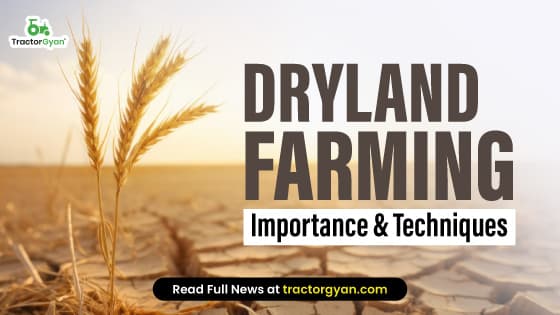
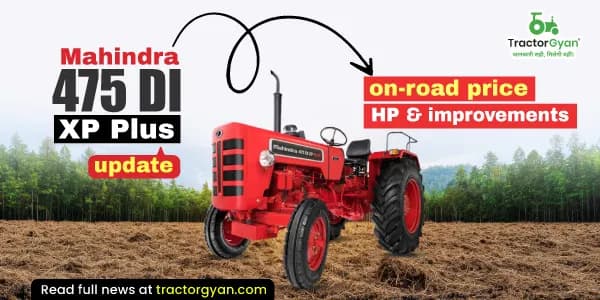
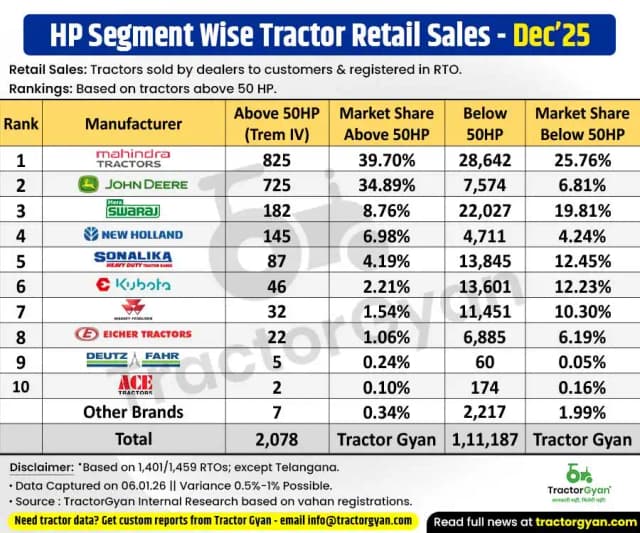




.webp&w=2048&q=75)
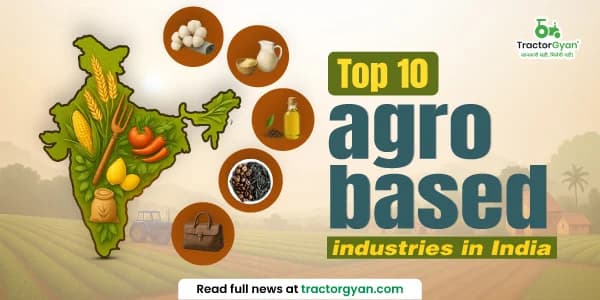
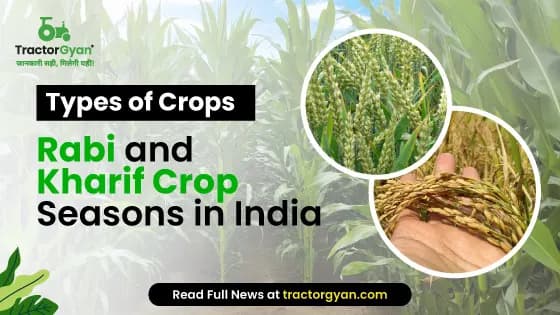
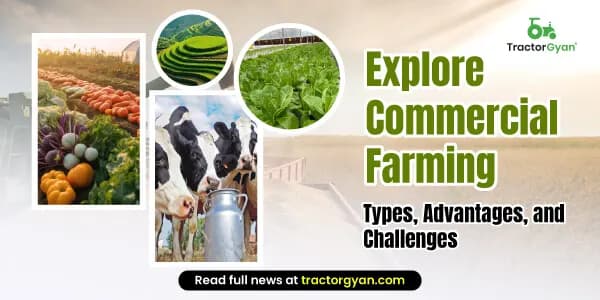
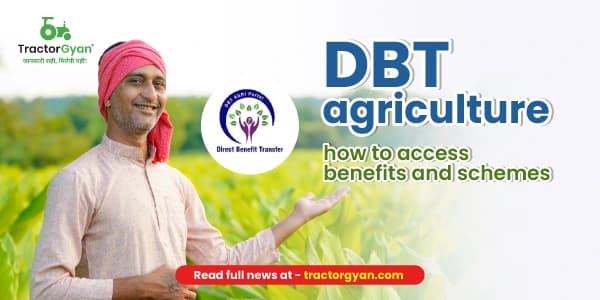
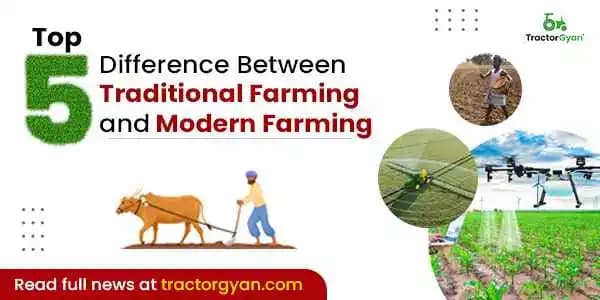
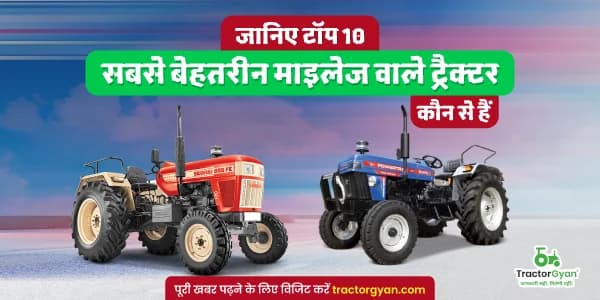
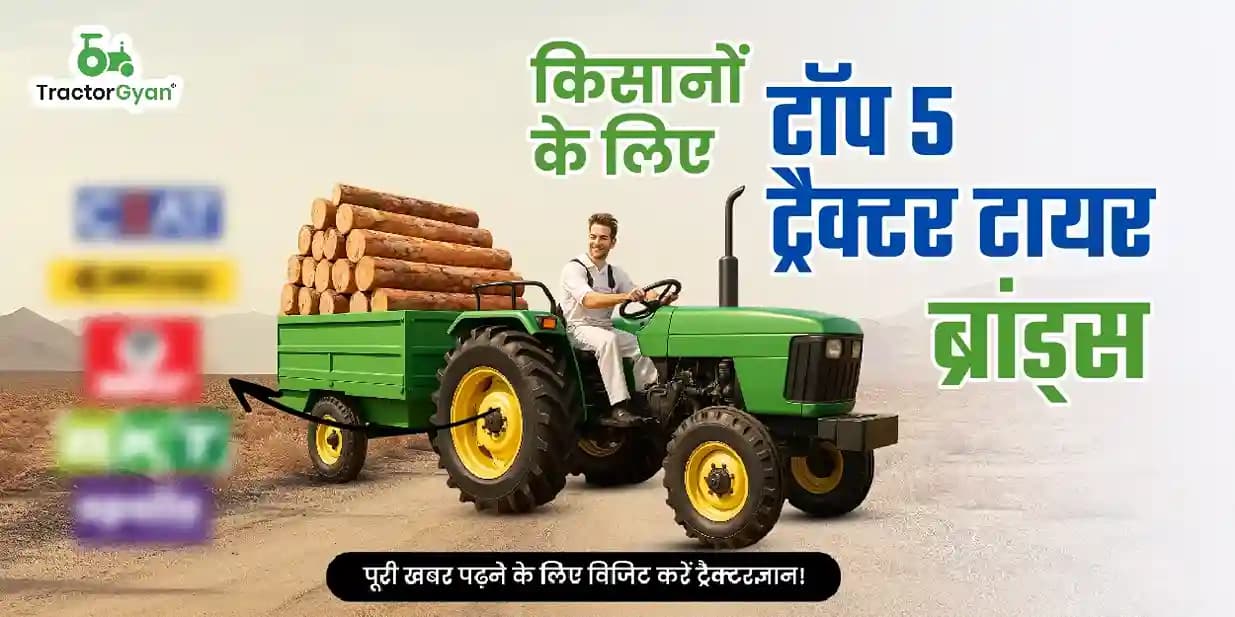


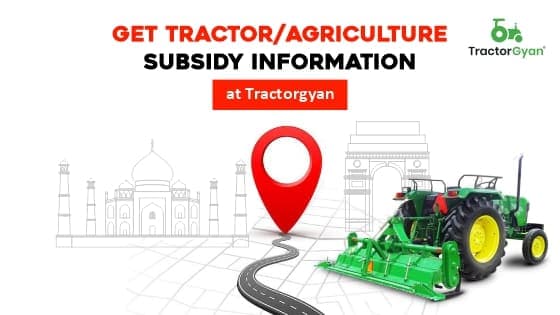
.webp&w=2048&q=75)
.webp&w=2048&q=75)







